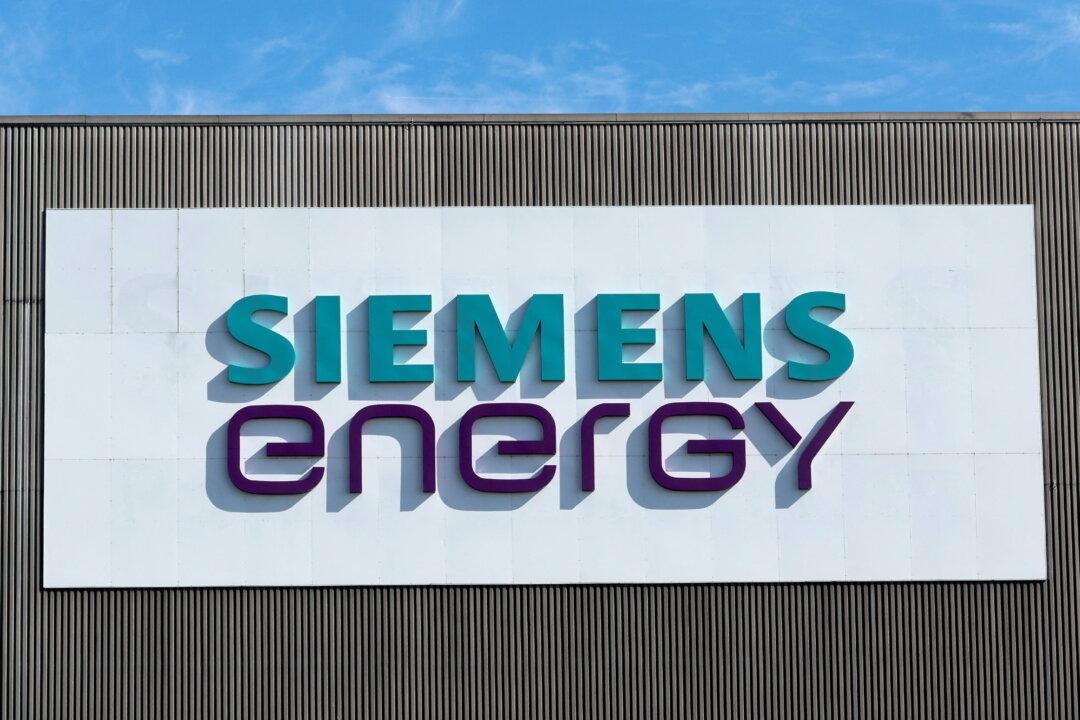Siemens Energy rethinking its business strategy after facing heavy losses related to ongoing problems with turbines and booking $2.4 billion in costs due to quality-control issues at its wind turbine unit.
The spinoff of the former gas and power division of German conglomerate Siemens roughly quadrupled its expected annual losses to $5 billion in its recent third-quarter report, which follows further details of future expenses on Aug. 7.





